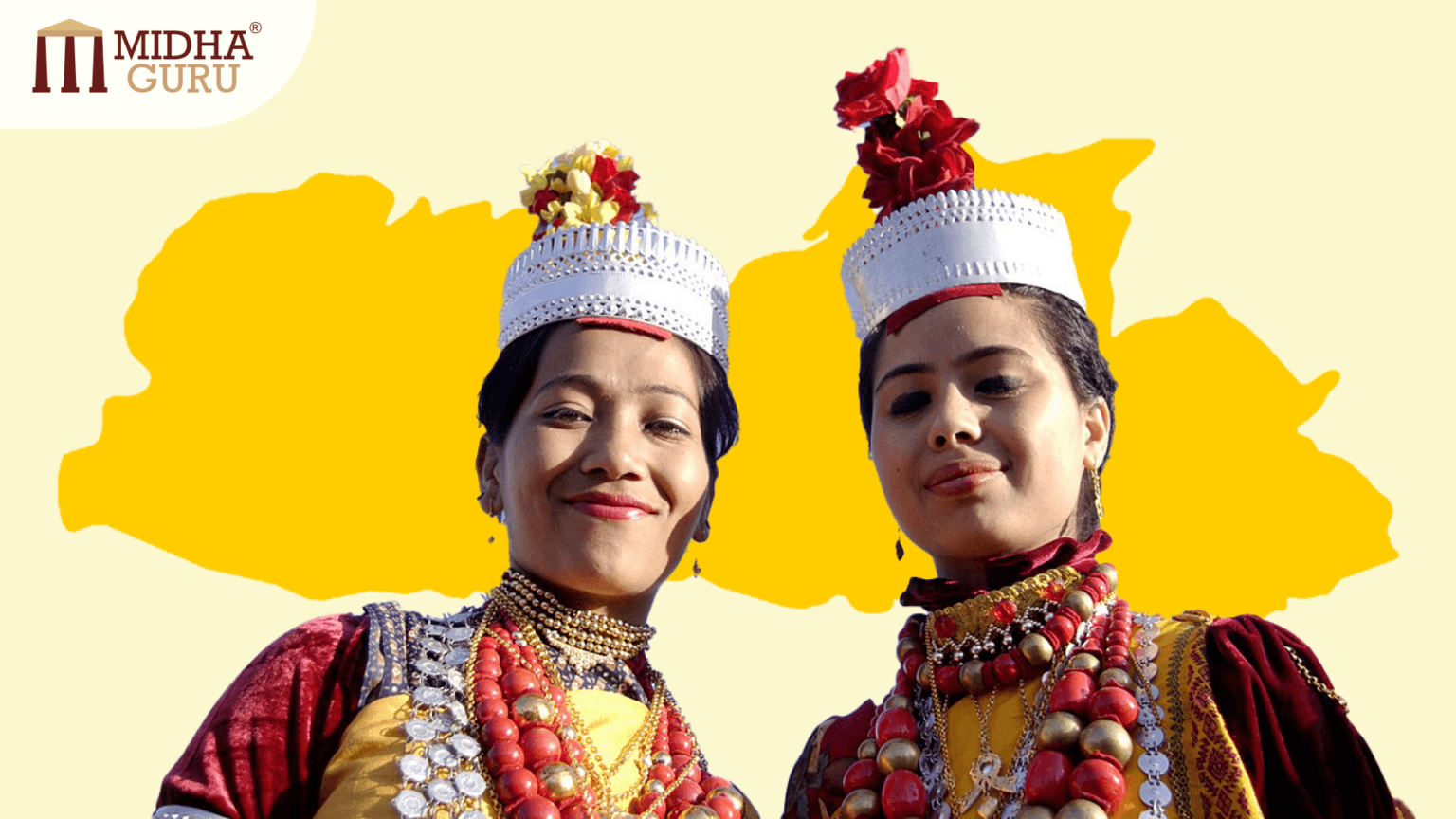General
The Matrilineal Society in India- Meghalaya

India is a land of tremendous cultural diversity, and one of the most interesting examples of this is the matrilineal society of Meghalaya. Meghalaya, located in the northeast, is renowned for its matrilineal tradition among the Khasi, Garo, and Jaintia tribes. Lineage and inheritance trace through the mother rather than the father, a structure rare in most parts of the world.
This article explores the features, importance, and contemporary challenges of the matrilineal system in Meghalaya, thereby underlining its importance as a unique cultural heritage.
Understanding Matrilineal Society in Meghalaya
The matrilineal society is one where linage, inheritance, and family name are passed down through the female line. In Meghalaya’s tribal communities, the youngest daughter, known as the ‘khatduh’, traditionally inherits the family property, and the children take on their mother’s surname.
Here are some defining features of this matrilineal structure in Meghalaya:
- Linage and Descent: Family lineage is traced through the mother’s line. As a result, family names and ancestral property are passes down to daughters rather than sons.
- Inheritance of Property: The youngest daughter inherits the ancestral property, carrying the responsibility of managing family resources and looking after her parents in their old age.
- Matrilocal Residence: After marriage, husbands often join their wife’s family. The children are raised in their mother’s home.
The role of Women in Khasi, Garo and Jaintia Communities
In Meghalaya, the Khasi, Garo and Jaintia tribes follow matrilineal customs, but each community practices it in its unique way:
Khasi Tribe
It is one of the youngest tribes in the communities of Meghalaya. In this tribe, the youngest daughter inherits the family property. In this community, the eldest female known as “clan mother” holds a highly respected position.
Garo Tribe
In the Garo tribe, the youngest daughter, known as Nokna, inherits property. The Maternal uncle has h significant role in raising his sister’s children and overseeing family matters.
Garo women play a central role in preserving family history and land.
Jaintia Tribe
Among the Jaintias, the matrilineal system is similar to that of the Khasi and Garo tribes. People respect Jaintia women as custodians of family heritage and property.
Significance of Matrilineal Society in Meghalaya
The matrilineal system in Meghalaya celebrates the promotion of gender balance, empowerment of women and a stable community. Some of the benefits of this system include:
- Family Safety and Unity
- Enhanced Social Security for women
- Empowerment and Respect for Women
- Unique Cultural Identity
Challenges Facing the Matrilineal Society Today
- Influence of Modernization and Globalization
- Economic Pressures and Changing Values’=
- Legal Complications and Gender Debates
- Erosion of Traditional Practices
Conclusion
It’s a unique testimony to the balance of gender and the unity of family within the Indian societal framework. The Khasi, Garo, and Jaintia tribes practiced this system, celebrating the pivotal position of women in family life and inheritance, conserving a distinct cultural heritage admired all around the world. However, under the influence of modernization, Meghalaya’s matrilineal system challenges its traditional practices.
Balancing this heritage with changing times is key to sustaining matrilineal culture in Meghalaya. As the state moves on, its matrilineal customs prove to be an outstanding symbol of resilient cultural heritage and its respect for gender that always inspires and captivates the world.
Read also: Difference between National Anthem and National Song
